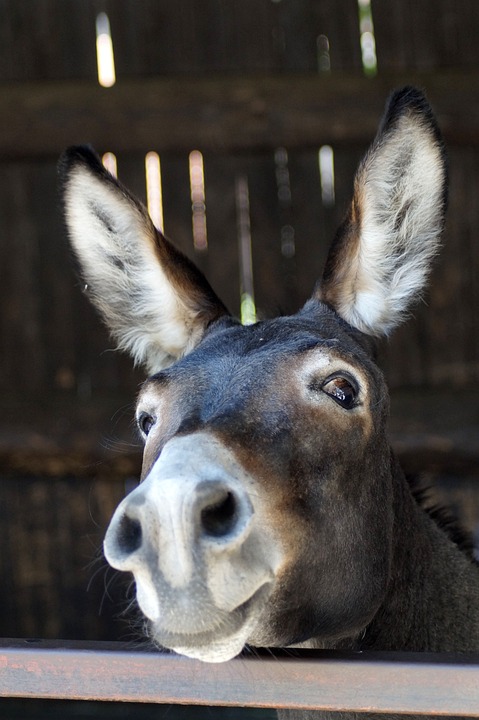Creating a Fun and Engaging Play Area for Your Dog: Toys and Puzzles Galore
Introduction:
As dog owners, we understand the importance of providing our furry friends with a designated play area that stimulates their minds and keeps them physically active. One way to achieve this is by incorporating toys and puzzles into their playtime routine. In this article, we will guide you through the process of creating a play area that will keep your dog entertained and mentally stimulated. From choosing the right toys to setting up a puzzle station, we’ve got you covered!
1. Selecting the Right Toys:
Toys play a vital role in keeping your dog engaged and entertained. When choosing toys for your dog’s play area, keep the following factors in mind:
1.1 Size and Durability:
Opt for toys that are appropriate for your dog’s size and that can withstand their chewing habits. Avoid toys that are too small or easily breakable, as they may pose a choking hazard.
1.2 Variety of Textures and Sounds:
Introduce toys with different textures and sounds to provide sensory stimulation. Squeaky toys, crinkly toys, and toys with different fabrics can keep your dog intrigued and entertained.
1.3 Interactive Toys:
Consider interactive toys that dispense treats or make your dog work for their rewards. These toys encourage mental stimulation and help prevent boredom.
2. Setting Up a Puzzle Station:
Puzzles are an excellent way to challenge your dog’s problem-solving skills and keep them mentally sharp. Follow these steps to create a puzzle station in your dog’s play area:
2.1 Start with Easy Puzzles:
Introduce simpler puzzles initially, gradually increasing the difficulty level to keep your dog engaged. Start with puzzles that have larger pieces and fewer steps, allowing your dog to grasp the concept easily.
2.2 Use Treat Dispensing Puzzles:
Invest in treat-dispensing puzzles that require your dog to solve puzzles to access their favorite treats. These puzzles provide both mental stimulation and reward, making playtime more enjoyable for your furry friend.
2.3 Rotate Puzzles:
To prevent your dog from getting bored, rotate the puzzles regularly. Introduce new puzzles and retire older ones to keep the challenge fresh and exciting.
FAQs:
Q1. How many toys should I provide in my dog’s play area?
A1. The number of toys you provide depends on your dog’s preferences and play habits. It’s generally recommended to have a variety of toys available, but avoid overcrowding the play area.
Q2. How often should I change the toys in the play area?
A2. It’s beneficial to rotate toys every few weeks to keep your dog engaged. This way, your dog will always have something new to explore and play with.
Q3. Can I leave my dog unattended with puzzles and toys?
A3. It’s essential to supervise your dog during playtime, especially when introducing new toys or puzzles. Some toys may have parts that can be chewed off and pose a choking hazard.
Q4. Are there any toys or puzzles suitable for aggressive chewers?
A4. Yes, there are toys specifically designed for aggressive chewers. Look for toys made from durable materials like rubber or nylon, which can withstand heavy chewing.
Conclusion:
By creating a designated play area for your dog and incorporating toys and puzzles, you can provide a fun and mentally stimulating environment for your furry companion. Remember to choose toys that suit your dog’s size and preferences, and gradually introduce puzzles to challenge their problem-solving skills. With a well-designed play area, your dog will be entertained, engaged, and happy!









